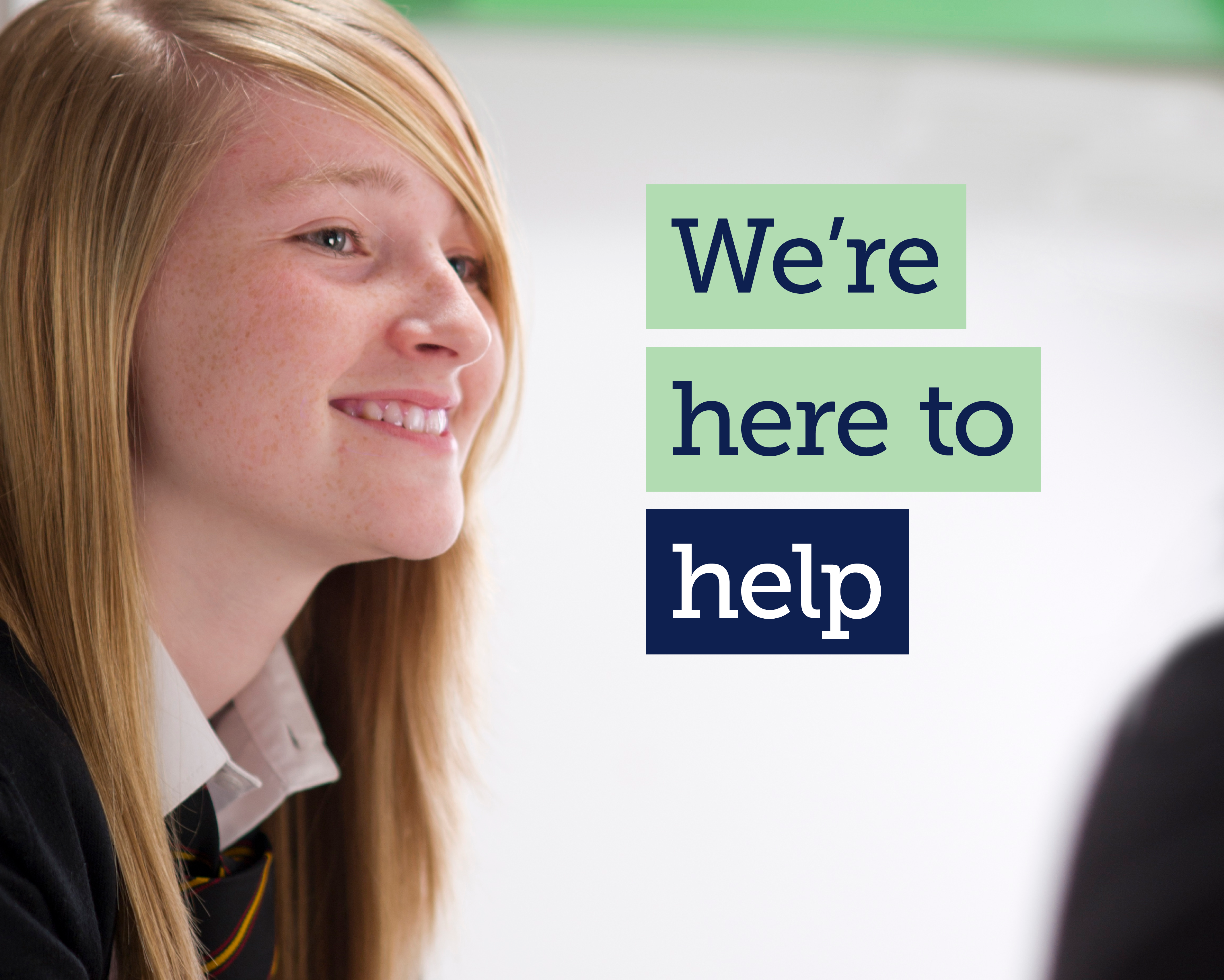Rebecca Geoghegan discusses how lessons and learning might evolve through an increased virtual experience with her four stages of reimagining the classroom.
When the closures were announced on the 18th March, most schools would say that they had an inkling it was coming. International news had led to much speculation and ‘loose’ plans being created in case it should happen. Yet, when it did finally happen, the length and subsequent impact of the closures had not been considered in any real way by most schools.
In my work with schools, it appears that most are now moving to the recreation of the classroom through a virtual learning experience. It’s not been an easy route, but they are reaping the rewards of a carefully ‘re-considered’ curriculum.
Below are the stages of ‘Hammerhill Academy’ and their English Department. It is a completely fictitious school, but with virtual learning stages that mirror those of many schools up and down the country.
I hope that the exploration of their stages will support you and your department in creating a virtual world that best fits your students.
Stage 1
The first stage was to send home a multitude of printed worksheets and log-ons for a variety of apps. The work was consolidation. Whilst worksheets and apps had their place in keeping pupils busy and provided useful practice opportunities, they could not teach new things. The academy also began to consider the long term adverse effects of the closures on the social element of school life.
Once here, Hammerhill Academy began to see that they needed to move into stage 2.
Stage 2
At this point, the school realised that they need to provide pupils with new learning and opportunity for social interactions. These two elements could only be achieved through a combination of technology and pedagogical readjustments. In order to deliver these elements they needed to build a new and immediate CPD programme for all staff.
Whilst many English teachers had been using technology successfully for a number of years, there had never been the need for all learning to be experienced virtually. Yes, they have homework setting apps and practice apps, but these tools have always been consolidated by face–to-face teacher delivery. Teachers had relied on their subject knowledge to ‘close the loop’ – ensure that new learning is understood and can therefore be built upon. That loop makes sure that misconceptions are dealt with, and that students are supported or challenged when needed. How could this happen in this new virtual world?
Virtual classrooms was the answer. Create a place where the teacher content could be delivered and pupils could respond through the completion of tasks. Their teacher would then feedback – and thus the loop was completed. So not only was new learning being facilitated but interaction was being supported. And yet, it still wasn’t the same. Then came the spark of a thought that became stage 3.
Stage 3
‘What if we delivered the lesson in real time to the student at home?’ If stage 2 was somewhere between an actual classroom and homework, what if stage 3 was the opportunity to re-create the classroom. Hammerhill realised that if teachers could deliver live lessons to students, they would be able to offer everything they normally would. They would still use the virtual classroom to set assignments and to post personalised feedback. However with live lessons, they could interact with students in real time – using chat functions to gather student feedback with no delay – as if in a real classroom.
And so they began, tentatively at first, with just a tutor time at the start of the day, before introducing Maths and English to the timetable. Feedback has been wholly positive.
Stage 4
Today, Hammerhill Academy and its English department are continuing on their journey into a fully blended virtual learning experience.
So what do they believe is best practice at this point?
Upon reflection, the English department, consider the following as key to their future virtual offer:
- An efficient QA process that involves SLT and the Head of Subject dropping into virtual classrooms and live lessons to monitor teaching and learning.
- All Year 10 English classes now receive a ‘live lesson’ with their class teacher once per week. This supports learning and relationships.
- All students have access to pre-recorded segments that outline new concepts and ideas, and deliver readings of texts. As an English department, they worked together to consider who in the team was best placed to deliver that segment. This video is then shared with all classes learning that concept or idea.
- Multiple-choice quizzes are used to check understanding of literature texts to minimise mark loads.
- Extended writing is assigned via the virtual classroom, it is set and marked every two weeks for KS3 and 4.
- Writing and planning are modeled using a visualiser in both live and recorded segments.
- Ongoing teacher CPD to support effective teaching and learning in a virtual environment, and the use of new technology.
Rebecca Geoghegan is a secondary English teacher and former whole school Literacy Lead with 15 years experience of teaching KS3, GCSE and A Level.
